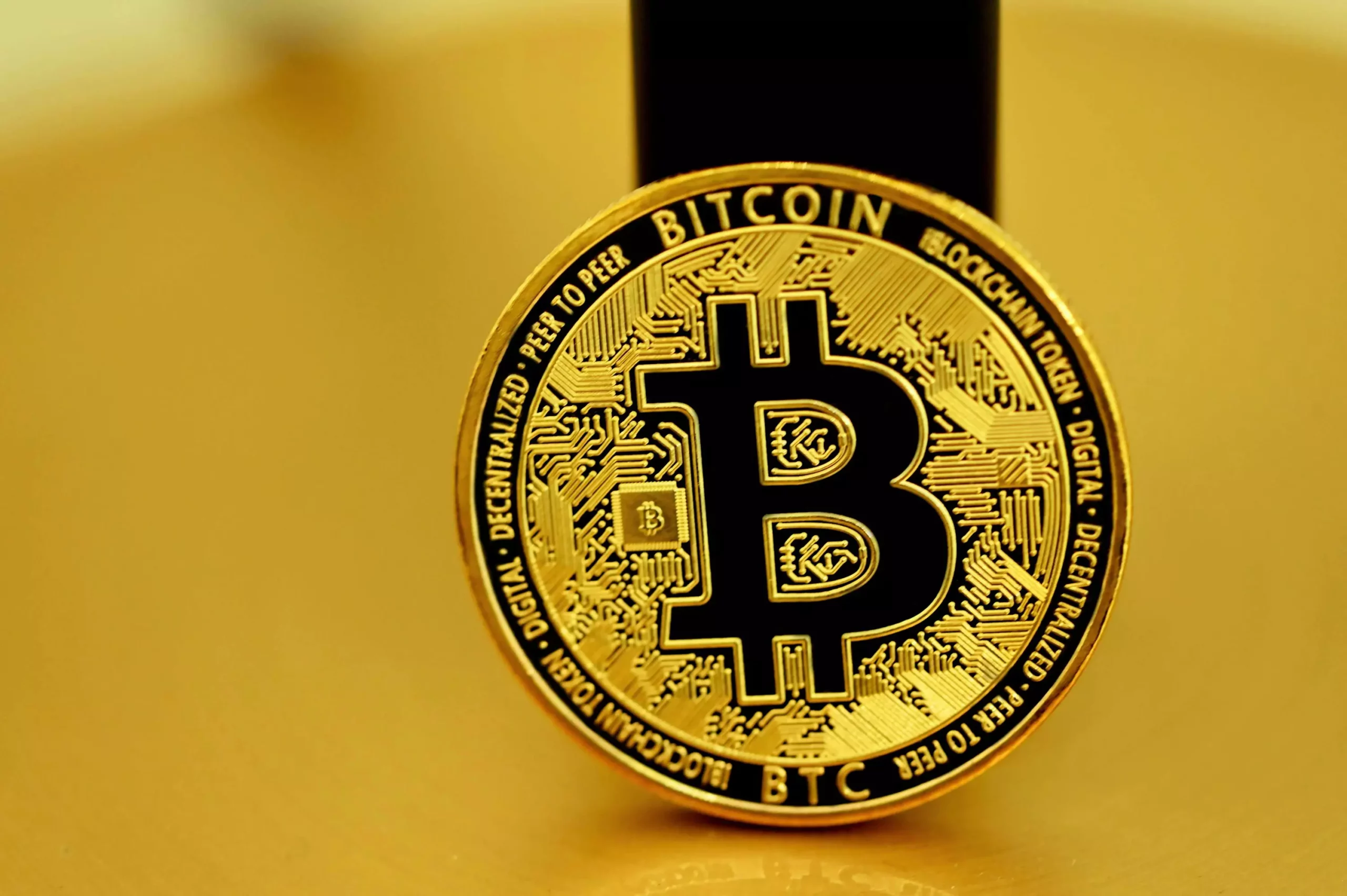The cryptocurrency market is notorious for its volatile swings and unpredictable patterns. Industry experts, analysts, and enthusiasts alike often cling to analytical tools and speculative theories in a bid to forecast price movements. One such tool that has gained traction is the Elliott Wave Theory, which suggests that market price movements follow a series of repetitive waves. However, as many passionate followers of crypto will know, clinging to any structured prediction often results in disillusionment. The current predominance of certainty around Bitcoin’s future price trajectories is misleading at best and dangerously naive at worst.
Tolimanu, an analyst who uses the aforementioned theory, hints at a strong bullish continuation for Bitcoin, suggesting that the correction phases are merely stepping stones toward new highs. The dangerous allure of bullish sentiment fosters a cycle of optimism that undermines the inherent instability of Bitcoin. For proponents of a center-right wing liberal perspective, the relentless optimism can seem not only misguided but detrimental, particularly when speculative investments risk undermining sound economic principles.
Technical Indicators: A Double-Edged Sword
Between the technical charts and the endless streams of data, there’s a clamor that Bitcoin—currently hovering around $94,300—holds the potential for new peaks based on various indicators. Yet, this self-affirming machinery is fraught with flaws. For instance, technical analyst Tony Severino has posited that Bitcoin remains in a bearish stance, emphasizing the importance of the RSI (Relative Strength Index) benchmarks. His predictions based on RSI calculations should prompt cautious investors to rethink their strategies. Many enthusiasts still dream of reaching 70 on the RSI, believing this trigger will signify a bullish impulse. History, however, has shown repeatedly that a failure to achieve such numbers often precipitates steep declines.
From a liberal perspective that encourages market accountability and stability, it is essential to critically assess these technological cues rather than take them at face value. Relying solely on RSI and other metrics may lead to overconfidence in an already tumultuous environment.
The Gaps in Our Thinking
Various analysts have scrutinized Bitcoin’s price action concerning the CME futures gaps—residual price discrepancies waiting to be ‘filled.’ While such predictive markers can serve as a point of reference, they can also trap investors in an echo chamber of expectation, driving them toward anticipatory behaviors rather than structured financial analysis.
The upside gap is noted to exist between $96,480 and $97,300, while the downside layers of support lie between $91,990 and $93,400. Expert Titan of Crypto has alluded to the probability of filling the downside gap before embarking on any bullish trajectory. This false premise of filling gaps watches as traders write their own narrative—projecting upward potential without duly considering the risks of amplified downside movements.
In a liberal financial paradigm, the emphasis should be placed on individual financial responsibility. Investors often risk their capital based on speculative gaps, leading them to ignore vital habits like diversification and risk management.
Investing in Hype vs. Reason
It’s amusing—and tragic—that many crypto investors approach the market somewhat akin to gamblers at a roulette table, betting extensively on projections and aspirations rather than foundational metrics. The repercussions of touting aggressive bullish sentiment as the prevailing narrative can contribute to an aura of invincibility surrounding Bitcoin.
The disjointed relationship between actual market fluctuations and perceived realities can cultivate an environment where irrational exuberance thrives. Governments and various regulatory bodies may struggle to implement responsible oversight in crypto markets, due in large part to the philosophical differences between rigorously regulated securities and the libertarian appeal of decentralized digital currencies.
Those of us on the center-right liberal axis advocate for a balanced approach that values personal freedom but also acknowledges the consequences of financial misadventures. Encouraging prudent investing and weighing the risks against expected returns is crucial to fostering a healthier market landscape.
The Looming Specter of Panic Selling
What looms on the cryptocurrency horizon is not necessarily an explosive surge but rather a creeping sense of panic. If Bitcoin’s anticipated correction is more severe than predicted and the signs of a market downturn escalate, the psychological effects on investors could be disruptive.
The consequences of failing to heed the technical indicators and logical assessments could lead to a wave of panic selling that devastates portfolios and shakes consumer confidence in the broader cryptocurrency ecosystem. As the market matures—albeit fitfully—the future calls for more intelligent strategies and less emotional decision-making.
For a market deemed as the frontier of economic opportunity, we must recognize the paradox of trading digital assets—where unfounded optimism can lead to abysmal financial outcomes. It is crucial to balance hope with scrutiny, realism with ambition, as we navigate through this unpredictable terrain.


Leave a Reply